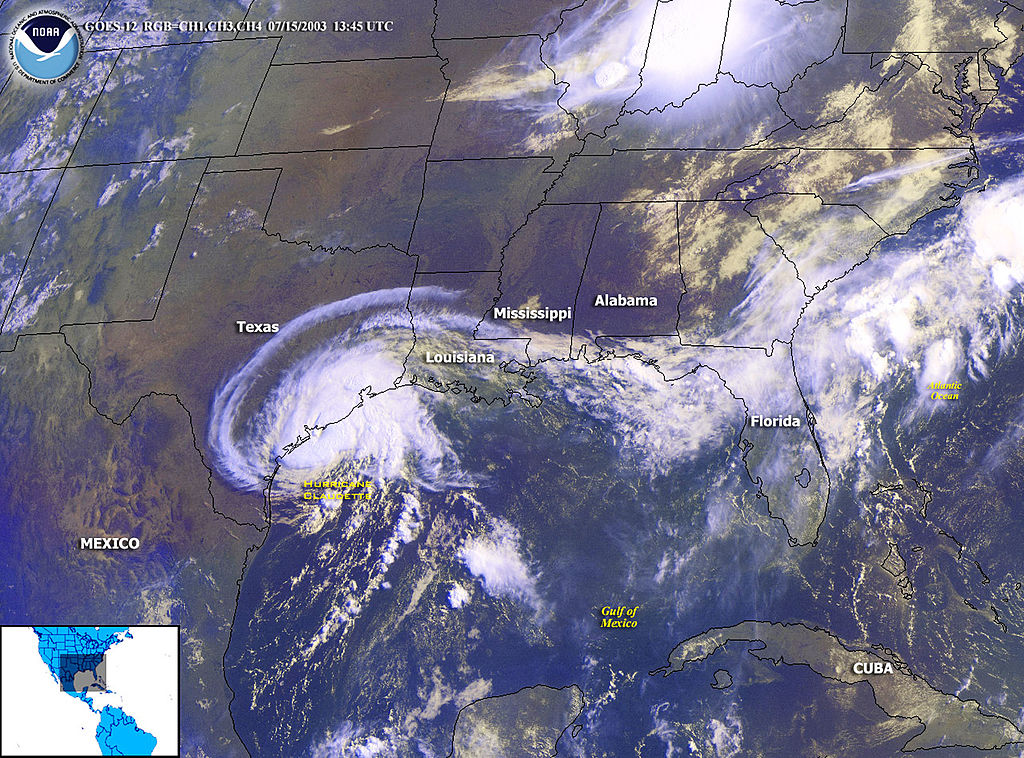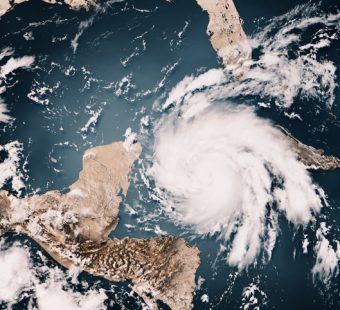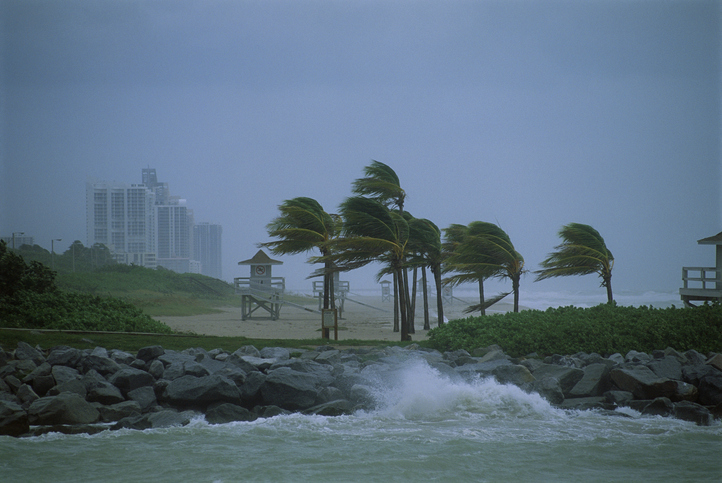
Initial Estimate for 2022 Atlantic Hurricane Season: Above Average, Again
Jeff Dunsavage, Senior Research Analyst, Triple-I (12/10/2021)
The Colorado State University (CSU)Tropical Meteorology Project estimates that there is a 40 percent chance that North Atlantic sea temperatures will be above average and no El Niño will occur in 2022, indicating a higher-than-average season.
Triple-I non-resident scholar Dr. Phil Klotzbach and CSU estimate 13 to 16 named storms, six to eight hurricanes, and two or three major hurricanes next season. Klotzbach says the primary driver of variability is the El Niño–Southern Oscillation (ENSO), which affects storm activity. El Niño reduces activity by generating increased vertical wind shear. La Niña conditions have the opposite effect.
“There is considerable uncertainty at this point what ENSO will look like by the peak of next hurricane season from August-October,” the CSU estimate says, “but at this point, given model forecasts as well as our statistical analyses, it appears relatively unlikely that El Niño will develop by next summer.”
CSU’s first formal forecast for the 2022 Atlantic basin hurricane season will be issued on April 7, followed by seasonal updates on June 2, July 7, and Aug. 4.
According to Artemis, underwriting firm Chaucer Group has highlighted unpredictable weather patterns, citing the fact that now some 16 percent of hurricanes, tropical storms, and depressions hit northern U.S. states, compared to just 12 percent 40 years ago. This is causing some challenges for insurance and reinsurance market interests, “with increasing temperatures said to be making serious hurricanes even more severe, meaning that insurers must now reconsider the historical norms they use to model risk.”
Chaucer’s study found that the proportion of hurricanes that have hit southern states and Caribbean islands actually dropped, from 60 percent to 54 percent, in the past two decades.



